Smart Kitchen Investment: Lighting for Function and Good Looks, Too
Lighting tends to be one of the most overlooked and underappreciated aspects of a kitchen during the design process. There is an art to lighting a kitchen, though lighting usually goes unnoticed unless it’s planned poorly. And that isn't discovered until after the contractor is long gone.
Remember the days when kitchens were lit with a single fixture in the center of the ceiling and maybe some fluorescent accents that would constantly flicker? There’s no excuse for that anymore, thanks to the vast array of lighting options and industry experts available to devise a custom plan for your kitchen.
I spoke with two such experts, interior designer Katie Anderson and lighting designer Randall Whitehead, about the importance of investing time and money into a proper lighting plan, and how to design the best scheme for any kitchen.
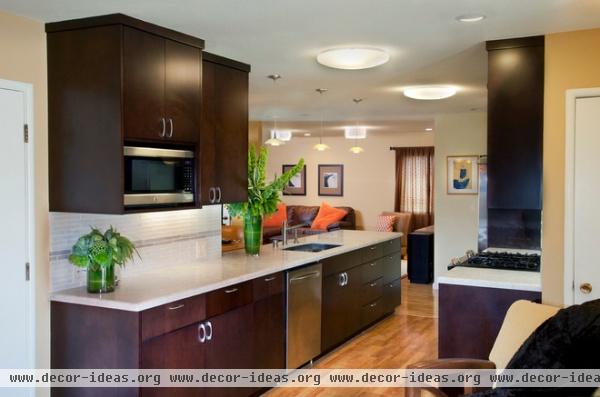
“Most people never really think about lighting,” says Anderson. “But good or bad, you will feel its effects over time both physically and emotionally.”
Investing in a well-lit kitchen is a twofold boon. One, it increases quality of life. Think of it this way: When you walk around an unevenly lit kitchen, your pupils have to constantly adjust to the bright and shadowy spots. Over time this can lead to eye fatigue, headaches and an overall sense of tiredness.
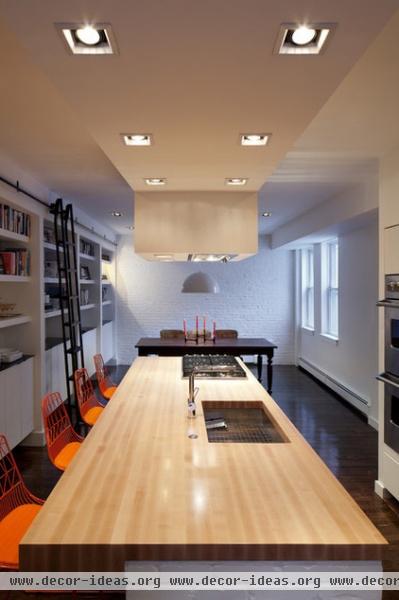
If, on the other hand, your kitchen is evenly lit, it can be a more effective workspace — no matter the time of day. And lights you can dim create a more celebratory mood when guests come over.
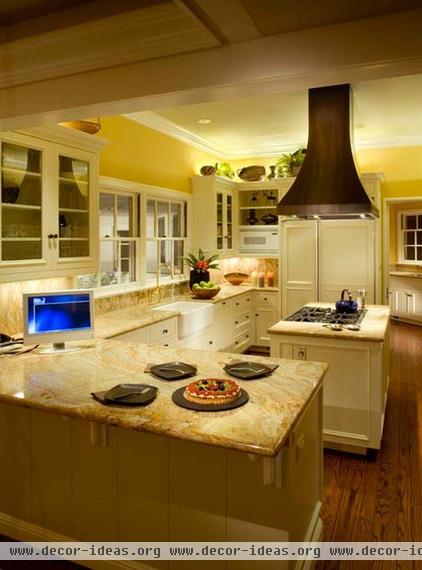
The second reason for a designing a well-lit kitchen is improved resale value. “Kitchens and baths are the two rooms that help sell a house the most,” notes Anderson. “No matter how much you’ve put into a kitchen to improve it, home buyers aren’t going to appreciate it if they can’t properly see everything — or worse, they view the space as dingy. A well-lit kitchen simply reads better to everyone.”
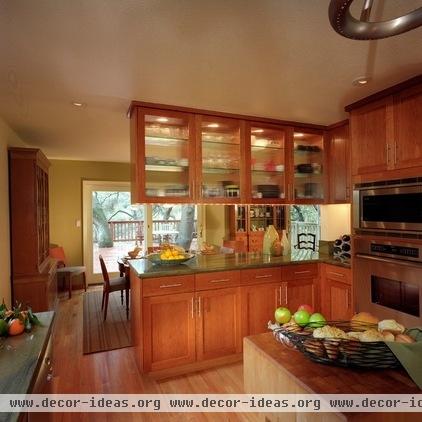
An optimal kitchen lighting plan includes four types of light sources: task, accent, decorative and ambient. Some light sources can have multiple purposes.
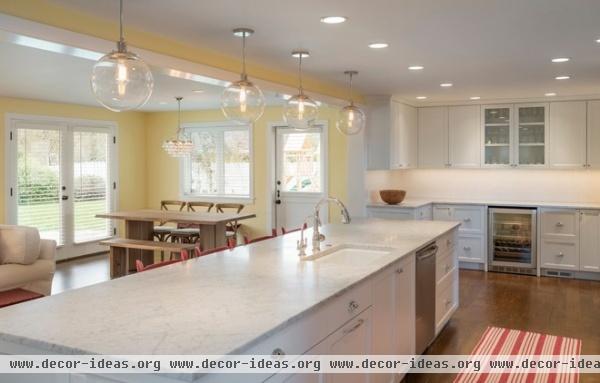
1. Task lighting. This is the light by which you work. It includes lighting mounted to the underside of upper cabinets to light perimeter countertops, lighting directed toward the kitchen island countertop and lighting in the pantry.
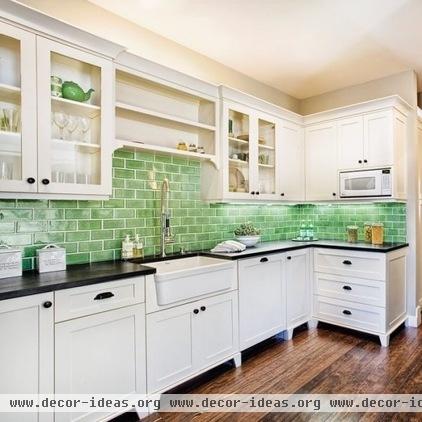
The color of task lighting is important. "If you want the light source to look like incandescent at full blast, then select 2,700 Kelvin," advises Whitehead. "If you like the color of dimmed incandescent, which is my preference, look for a light source that is 2,400 Kelvin. These color temperatures will blend well with the incandescent sources in adjoining rooms.”
More about understanding light color
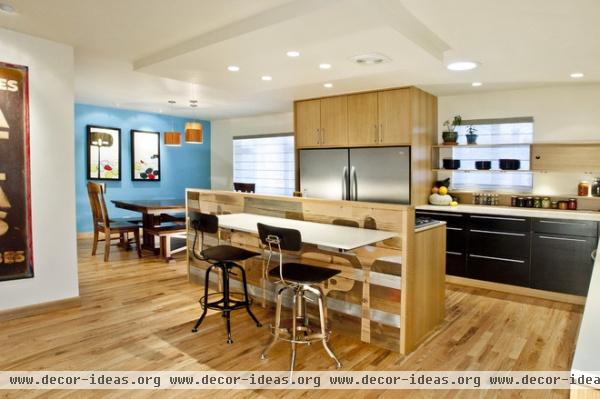
2. Accent lighting. This source (also known as focal lighting) highlights art and decorative objects on the walls and atop upper cabinets that don’t go all the way to the ceiling.
"Recessed downlighting is a fine source of accent lighting,” says Anderson, “but people need to understand that such fixtures create a triangle of light and therefore need to be spaced according to the angled spread they cast so there are no shadows.”
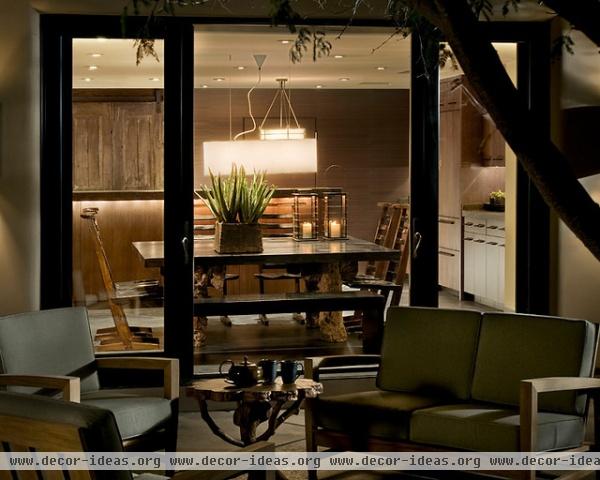
3. Decorative lighting. This can include one or more pendant fixtures over an island or a peninsula. It can also be a chandelier over the dining area. “This type of light provides the architectural jewelry in the kitchen,” says Whitehead.
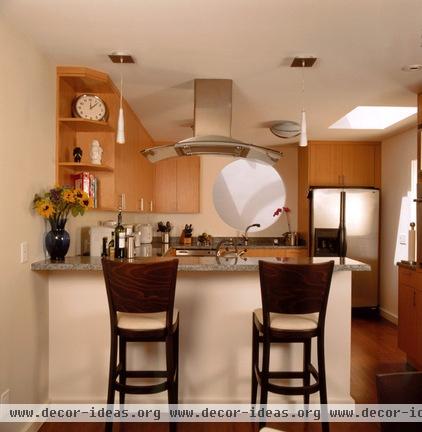
Pick a pendant or chandelier that has a warm color of light and a dimmer switch so it can set just the right mood.
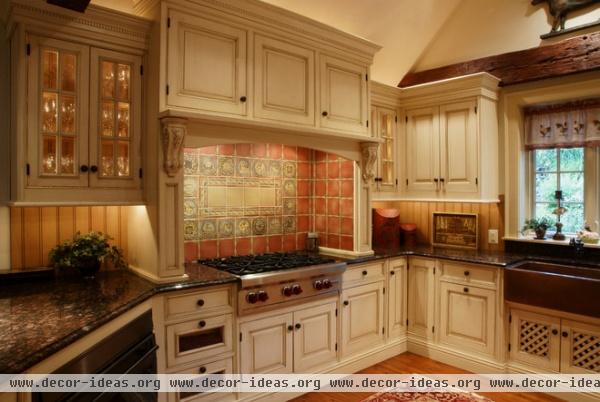
4. Ambient lighting. This indirect source provides an overall glow. “I like to place strip lighting above upper cabinets that don’t extend all the way up to the ceiling to create this sort of effect,” says Anderson. “It allows light to bounce off the ceiling.”
Whitehead notes, “This effect could also come from lighting mounted on the top of support beams that run parallel to the floor in a kitchen with pitched ceilings.”
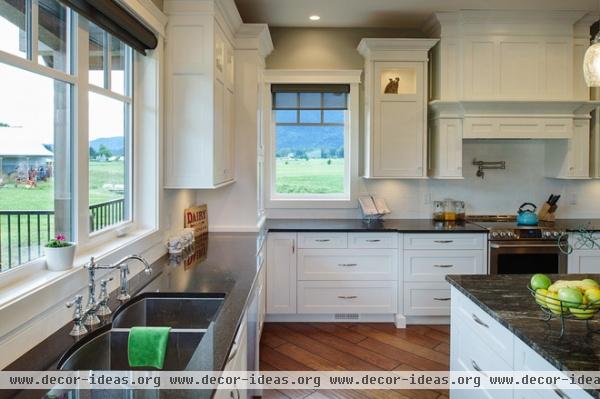
Getting started with your kitchen lighting plan. To get the best results, consult a lighting professional who will be able to create a customized plan to suit your kitchen’s design, style and budget. You need lights; you might as well have them installed in the spots where they’ll benefit you the most.
Tell us: What’s your favorite kitchen lighting source?
Find lighting designers in your area












